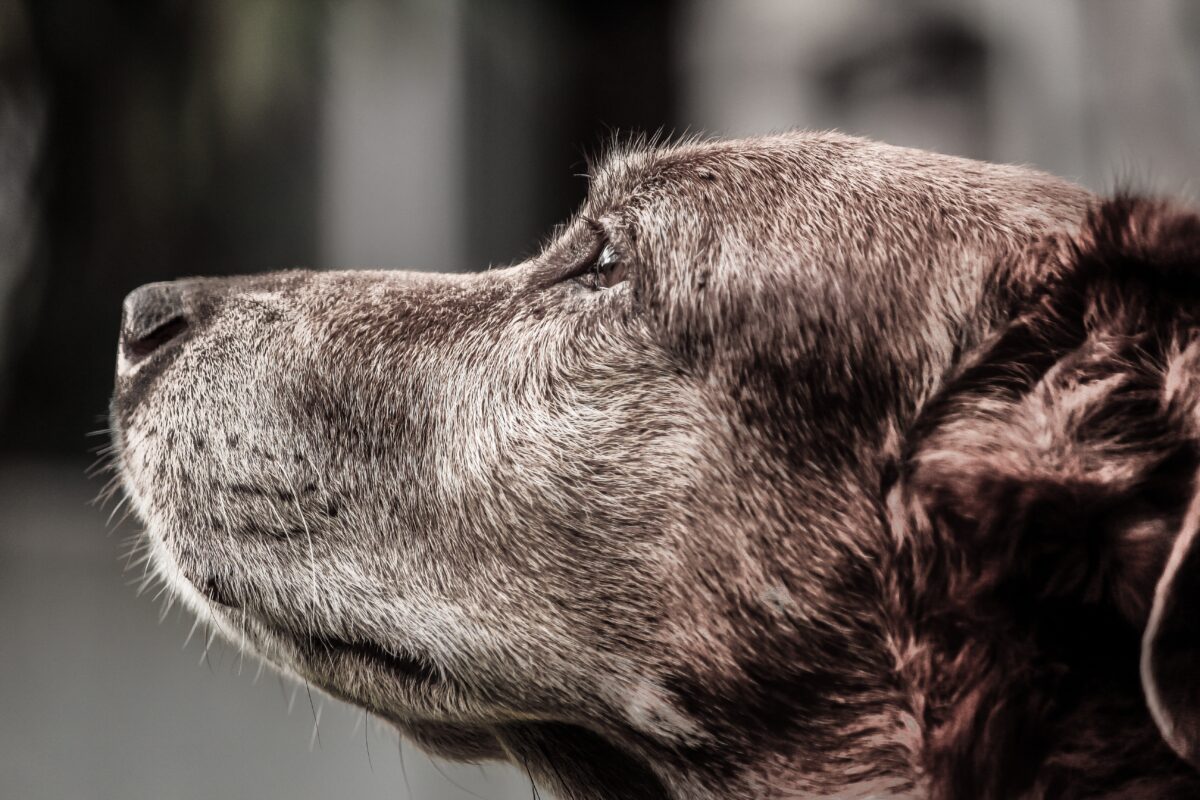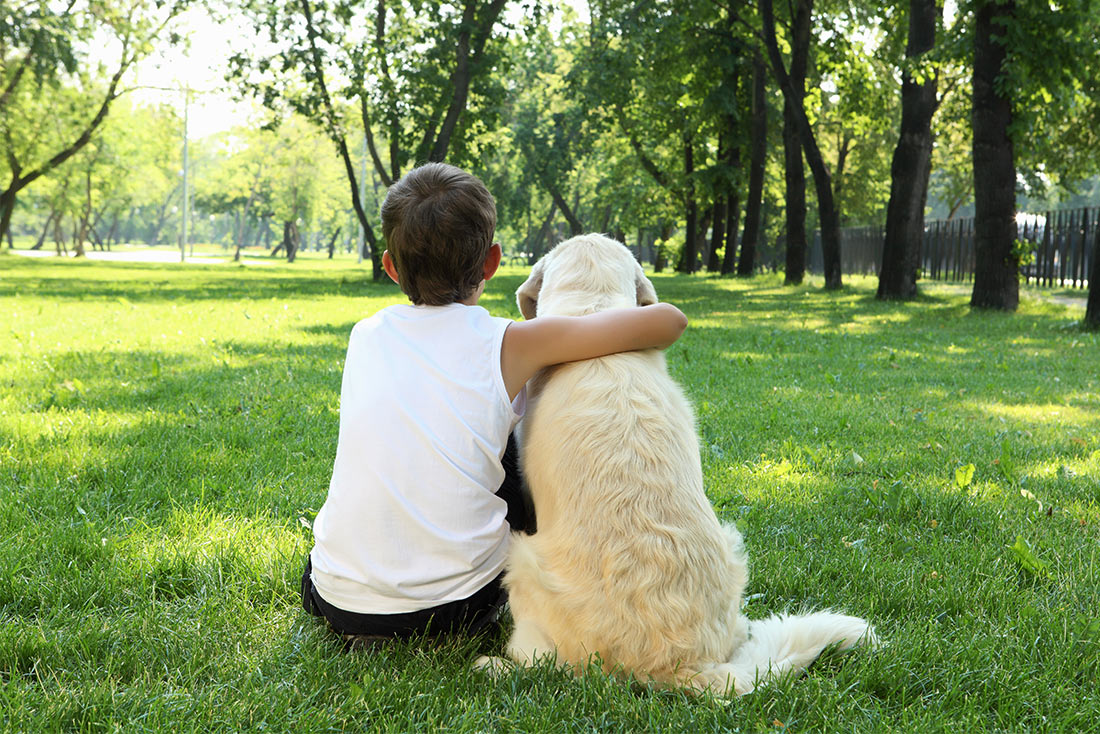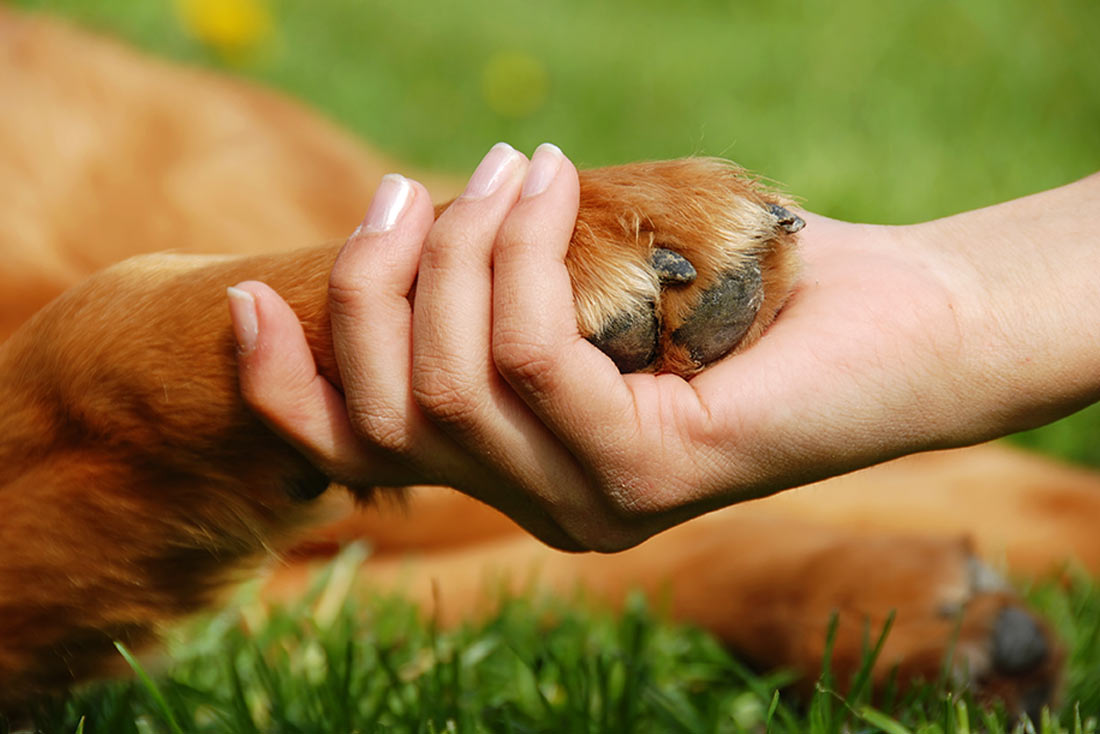Apartment Living with a Dog
After the housing downturn, renting instead of owning a home became the optimal choice for many Americans. It’s less expensive, you don’t have to pay for some amenities, and it still gives you the satisfaction of having your own living space.
The most important decision you can make while living in an apartment is who you want as a roommate. Most Americans choose a friend or relative, or a significant other. More and more, however, are choosing their four-legged companions. But what does it mean to have a dog as a roommate in an apartment, and what do you need to consider before getting a dog when you’re in an apartment?
Be realistic about your space and what you want.
There are some breeds and temperaments of dogs that are just not well-suited to apartment life. Dogs that are very high energy, such as a Labrador or Border collie, will not do well in a small space. Boredom and being stuck inside can result in destructive behaviors like chewing.
Especially large breeds won’t do well in smaller spaces, either. Take an honest look at your main living areas and map out space for a kennel, dog bed, food dishes and toys. You may be better off with a 20-lb. mutt than a Chesapeake Bay retriever.
Communicate with your landlord.
Always talk to your landlord about existing pets when searching for an apartment or before adopting a pet. Some landlords have specific requirements about what size and breeds of dogs are acceptable, and sometimes for legal reasons. There will most likely be an extra pet deposit for post move out cleaning or any damage your dog might cause. Whatever you agree upon, read your lease thoroughly before signing.
Keep your dog current on vaccinations and parasite preventives.
This is really important since most apartment complexes have shared outside areas. If children and other people are using the common outside areas, your pet needs to be free of parasites and vaccinated in order to prevent parasitic and infectious diseases. In case someone accuses your dog of biting, proof of vaccination will be paramount.
Consider your neighbors.
Be mindful of the fact that many people will be sharing a small space. A dog that barks constantly will not be well received in an apartment complex. Have a conversation with your veterinarian regarding behavioral training if your dog is a barker. Citronella collars can also be an effective and humane way to prevent barking if used correctly.
Devote time every day to your dog.
A dog that lives in a small space without a fenced yard will require daily leash time, probably more than a few times a day to go to the bathroom and get rid of their energy. Set aside time for activity every day. Leashed walks will be part of your daily routine, even in the rain and snow. Consider having a friend or family member come by to take your dog for a walk and get them out some more.
Socialize and desensitize.
Apartments can be noisy and busy. They are often located in high-traffic areas with lots of other people, passing cars, and other animals. Don’t assume your dog will be comfortable with all of these new things invading their senses. You should introduce her to these changes slowly and in a safe and calm manner for her to be comfortable.
Prepare for house training.
House training a puppy in an apartment can be challenging, especially if you’re in a high rise. Puppies need to go outside very frequently in order to be trained properly. If you’re on a higher floor, that’s going to mean a lot of elevator trips or some serious stair climbing. Consider using puppy pad training at first until he can go longer between urination, or consider adopting an older dog that has already been trained.
Owning a dog takes commitment and responsibility regardless of your living situation, and sharing an apartment with your pup will require a little extra planning and consideration. Keeping them happy, healthy, and safe should be your top priority. Once those needs are met, a four-legged roommate can bring daily smiles and pleasure to any apartment dweller.












